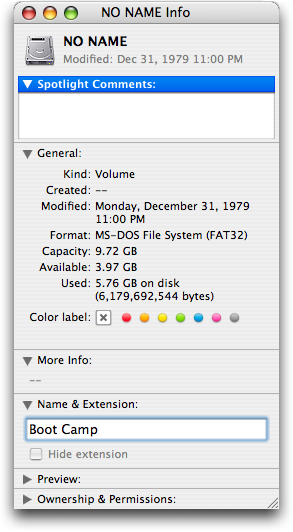Should i update my mac. You mentioned troubleshooting, did it include these:
Thus, find the name of the disk volume in question, then look under the 'IDENTIFIER' section to find the disk ID, it will appear on the right side of the terminal report: As that command will print out all volumes and their disk identifiers, it can provide unnecessary information. Power up (or restart) your Mac. Press down on the Option key while the Mac boots. After a few moments, your Mac should display the Startup Manager, which will show you the available boot. Click the Startup Disk icon in System Preferences, or choose View Startup Disk. Select your startup disk from the list of available volumes. The next time you start up or restart your computer, your Mac starts up using the operating system on the selected volume. Temporarily change your startup disk with Startup Manager. To cut a long story short, the Startup disk is showing as missing. I tried all the trouble shooting and seem to be unable to identify and fix the problem. I was able to download the OS X on my external hard drive so I can operate the Mac now. But the problem has not been solved. What do I do from here to repair the disk.
Mac Startup Disk Is Full
NVRAM reset
Mac Startup Disk Empty
Shut down the MacBook Pro. Start it and immediately hold down Command, Option, P and R keys at the same time. Wait until you hear the startup chime for the third time before letting go.
Also, SMC reset may be needed (that usually doesn't fix a missing boot partition, though). Safari for mac os 10 7 5.

Mac turn off camera.
- Shut down the computer.
- Plug in the MagSafe power adapter to a power source, connecting it to the Mac if its not already connected.
- On the built-in keyboard, press the (left side) Shift-Control-Option keys and the power button at the same time.
- Release all the keys and the power button at the same time.
- Press the power button to turn on the computer.
Restart and hold down the D key to enter the Hardware Test. Follow the instructions.
When booted externally, use Finder's Go menu to open Utilities. Launch Disk Utility and look for any signs of your internal drive in the list of hard drives on the left. If you find it look for First Aid and try to use it on the disk.
Refer to the following to see if it takes you anywhere you haven't been yet.
Feb 10, 2017 3:37 PM

